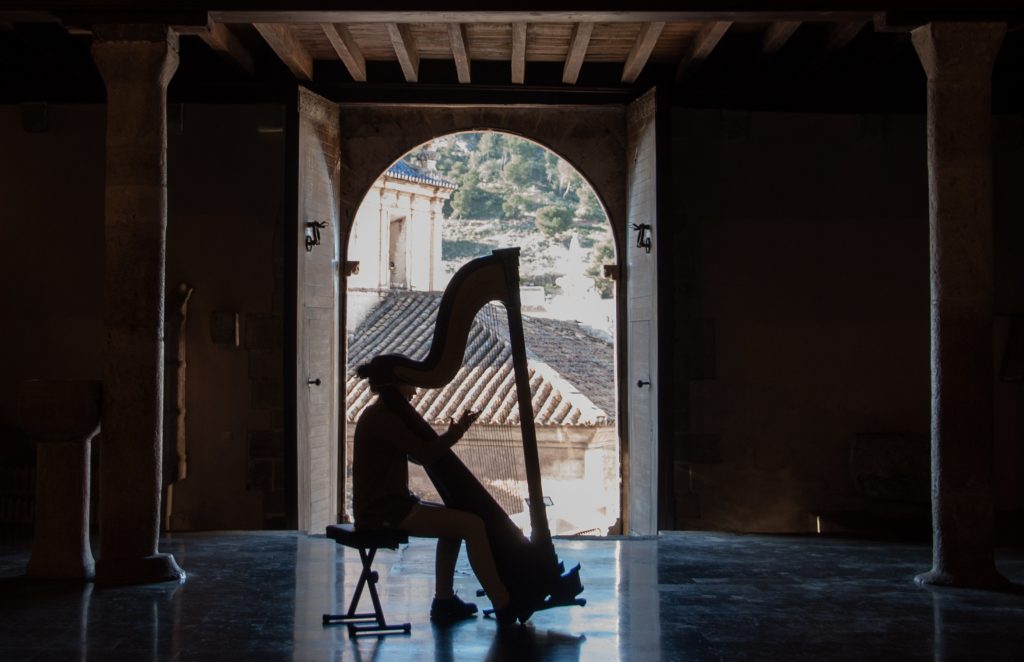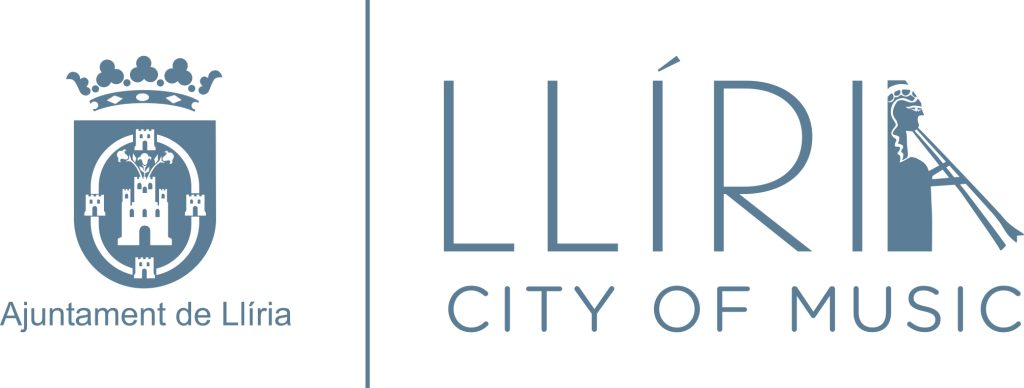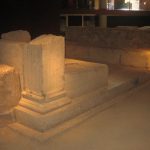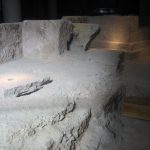Musical Creativity
The bond between Llíria and the music has cultivated many more synergies that have spread throughout the city far beyond. Cuisine, art and culture come together in a magical environment.
musical activities
At a local level, activities combining literature and music have been developed in the city.
Thus, we find the event “The twelve works of Hercules” which took place in 2017 to commemorate the centenary of the discovery of the magnificent Roman mosaic found in the city. This municipal initiative consisted of combining different musical styles with sung texts and recitations of classical literature.
This is also the case with the “Poetry and Reality” festival held at the Church of La Sangre, and the “Llíria est Edeta” festival which, through music, fireworks, poetry and theatre, tells the story of the city.

Musical Creativity
Llíria has a rich cultural life, with traditional festivals and local cuisine, but above all, Llíria is known for the fact that many of its residents have a knowledge of music and can play an instrument.
For at least two centuries, many Llirians have studied music and have learned to play an instrument following regulated studies or simply in a self-taught way. The result is that this city has produced a remarkable number of excellent musicians, composers and music teachers who have been part of both local and other national and international bands and orchestras.
Nowadays, it can be said that 20% of the inhabitants have musical knowledge (among amateurs and professionals) and participate actively in the cultural life of the city. In addition, numerous festivals, both national and international, take place in the city, ranging from classical music to jazz and urban music.

Music and more
Gastronomy and music are also a very successful common binomial, as can be seen in “A mos redó” (now in its 19th edition). This is a fair where local food products are presented and tasted, accompanied by musical performances, and whose profits go to charity.
On an international level, the main initiative involving music and other creative activity is the “Desenjazz” Festival. This event includes visits to the most important monuments, where in addition to music, poetry readings take place. Artists and musicians from all over the world of different styles (with special emphasis on jazz) perform at this festival. Gastronomy is another key element that the public can experience. Thus, and as part of the concept of “Gastronomic Mastery”, meals, show-cookings and tastings of typical Llirian dishes, prepared by local chefs, are offered.
“Històries nocturnes” (already in its 5th edition) is another very popular municipal initiative that combines theatre, music and gastronomy in the magnificent setting of the city’s monuments. In 2018, this event brought together more than 1,500 people.









